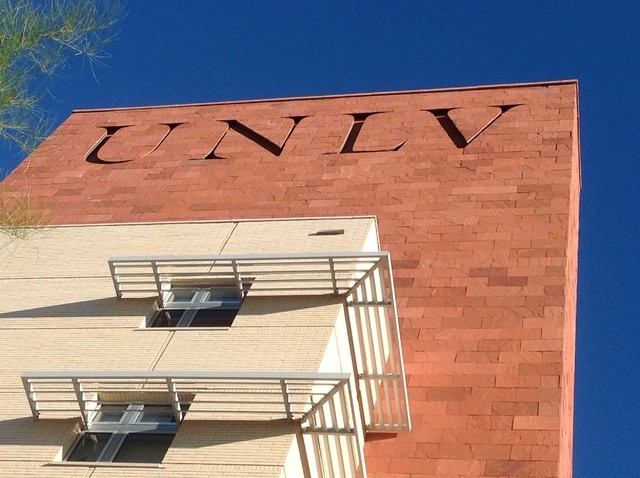Lincy Institute study backs additional level of higher education governance

The Lincy Institute at UNLV has weighed in on Senate Bill 391, a study set in motion by the 2013 Legislature to examine community college governance, funding and responsiveness to workforce demands.
On Friday the group unveiled a policy brief recommending a two-tier structure that separates UNLV, University of Nevada, Reno and the Desert Research Institute from the state’s two- and four-year colleges.
Colleges moved to the new governance system would keep their state funding.
The report was written by Magdalena Martinez, director of education programs at Lincy Institute, David Damore, associate professor of political science at the University of Nevada, Las Vegas, and Robert Lang, director of Brookings Mountain West.
Its authors call the current higher education governance model outdated and say separating universities and colleges will allow the latter to secure more funding and better respond to community needs.
The Nevada Constitution prescribes a state university controlled by a board of regents. In 1968, the attorney general expanded the regents’ purview to include all colleges in the state.
“Clearly a structure that is a legacy from when Nevada’s population was sparse and homogeneous and its economy was less diverse than it is now is a poor fit for the state’s current demographics and its economic and educational needs,” the report states.
At the university level, the Nevada System of Higher Education would be renamed and DRI would become the Desert Research Institute at the University of Nevada.
At the college level, Lincy’s plan groups public colleges, such as College of Southern Nevada and Nevada State College, with private nonprofit and for-profit colleges, such as Touro University Nevada and The Art Institute of Las Vegas.
A state board, three regional college districts and local boards for each public college would be created.
The proposed state-level governance board, called the Nevada Office of Higher Education, or NOHE, would absorb the Commission on Post-secondary Education, which oversees private colleges.
Its board would consist of 11 members appointed by the Legislature in proportion to each region’s population and would run NOHE, hire its senior staff and oversee local boards.
Under the state would be three regional college districts — Las Vegas-Henderson, Reno-Carson City-Fernley and rural. The districts would be responsible for submitting plans to develop additional institutions.
Each public college would have its own local college governance board, nominated by local governments and confirmed by the Legislature. Local boards would include business people, public servants and a student appointee. Governance of nonprofit and for-profit schools would remain unchanged.
Contact reporter Kristy Totten at ktotten@reviewjournal.com or 702-477-3809. Find her on Twitter: @kristy_tea.












